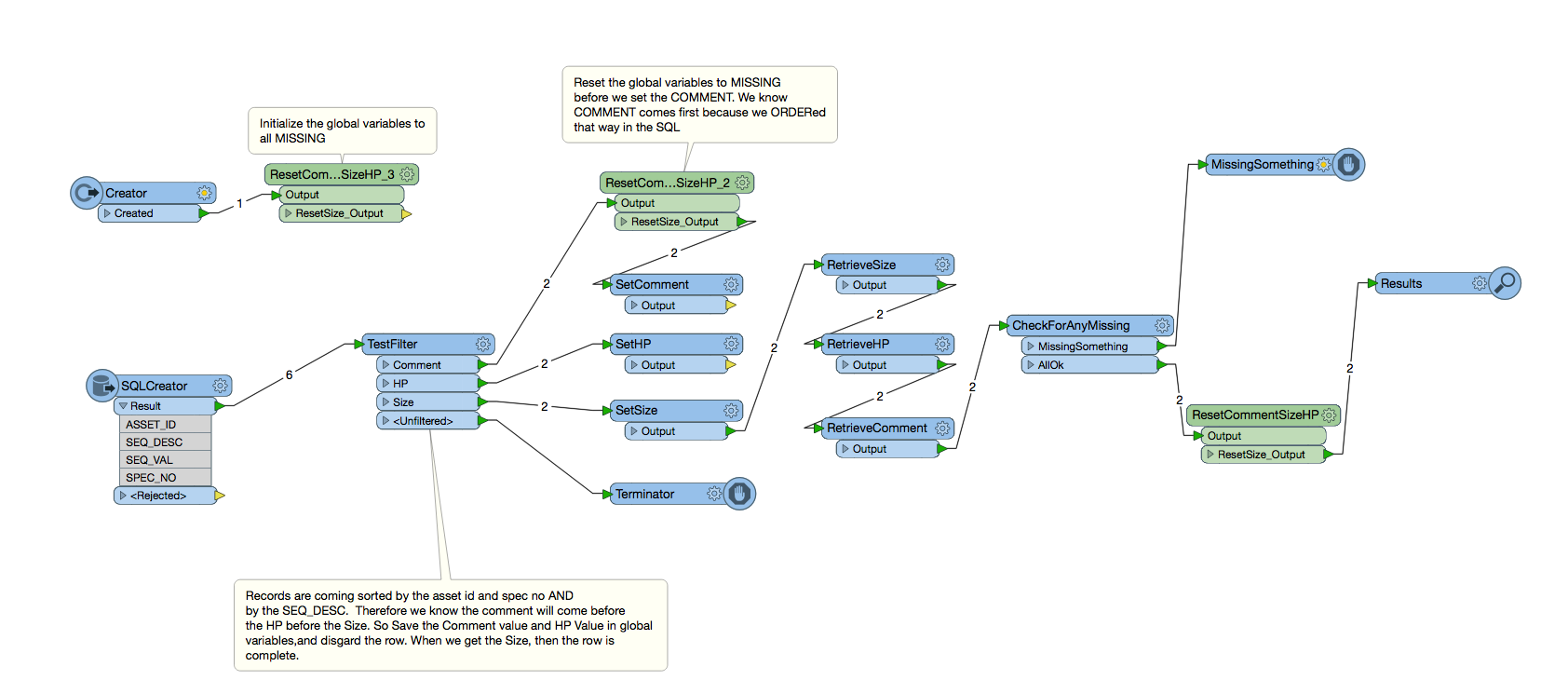Hi,
Please see below picture:

I have million of records in Table 1 and 2. want to merge to output format with related data based on some conditions. I tried with Tester, FeatureMerger, TestFilter etc, can any one suggest best approach?
Best answer by fmelizard
View original









